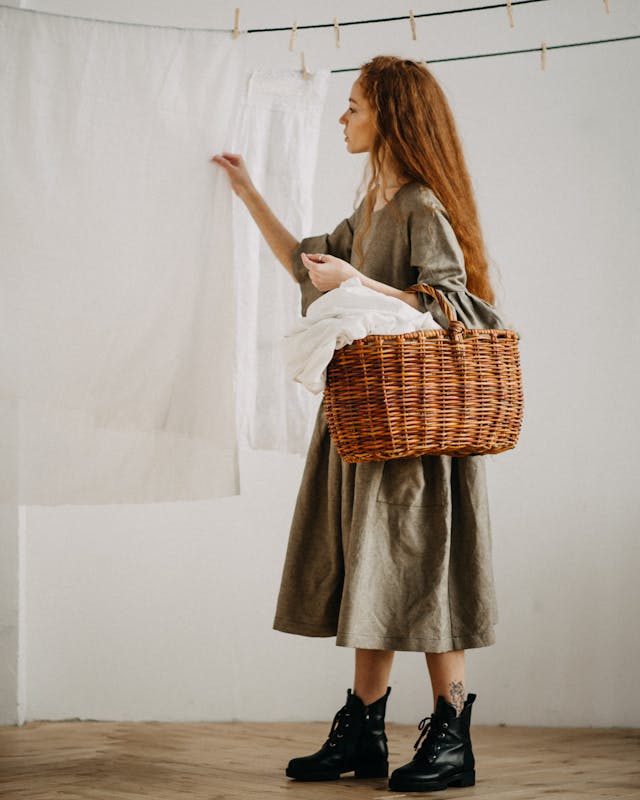What Is the Linen Fabric ?

Linen Fabric: The Timeless Elegance of Nature’s Fiber
For millennia, linen has been cherished as one of humanity’s oldest and most versatile textiles. Woven from the resilient flax plant, this eco-friendly fabric combines understated luxury with practicality, making it a favorite for fashion, home décor, and beyond. Let’s unravel the story of linen and its enduring appeal.
What Is Linen?
Linen is derived from the stalks of the flax plant (Linum usitatissimum). The fibers are extracted through retting—a process that breaks down the plant’s woody stem—then spun into yarn. Known for its natural texture and strength, linen has been used since ancient times, notably by Egyptians for clothing and burial shrouds.
Key Characteristics
1. Breathability: Linen’s loose weave allows air to circulate, making it exceptionally cool in summer and insulating in winter.
2. Durability: Stronger than cotton, linen becomes softer with each wash while retaining its integrity for decades.
3. Sustainability: Flax requires minimal water, pesticides, and energy to grow, and linen is fully biodegradable.
4. Hypoallergenic: Naturally resistant to bacteria and mold, it’s ideal for sensitive skin.
5. Moisture-Wicking: Absorbs 20% of its weight in moisture before feeling damp, ensuring quick drying.
Versatile Uses
Fashion: Lightweight linen shirts, dresses, and suits are summer staples, prized for their crisp yet breezy feel.
Bedding: Linen sheets and duvet covers regulate temperature, offering year-round comfort.
Home Décor: Tablecloths, napkins, and curtains exude rustic elegance, while upholstery stands up to daily wear.
Eco-Conscious Products: Reusable bags, towels, and aprons leverage linen’s durability and low environmental impact.
Linen vs. Other Fabrics
Cotton: Softer initially but less durable; linen outperforms in breathability and longevity.
Polyester: Synthetic and less eco-friendly; linen is biodegradable and naturally temperature-regulating.
Hemp: Similar sustainability, but linen has a finer texture and smoother drape.
Why Choose Linen?
Eco-Friendly: From field to fabric, linen’s production has a low carbon footprint.
Timeless Aesthetic: Its subtle slubs and relaxed wrinkles embody effortless, organic charm.
Long-Term Value: Though pricier upfront, linen’s durability makes it a cost-effective investment.
Caring for Linen
Washing: Machine wash in cold water with mild detergent; avoid overcrowding.
Drying: Air-dry or tumble dry on low. Embrace natural wrinkles or iron while slightly damp.
Storage: Keep in a cool, dry place to prevent mildew.
Conclusion
Linen is more than a fabric—it’s a testament to sustainable living and timeless style. Its blend of strength, comfort, and environmental integrity makes it a wise choice for conscious consumers. Whether in a breezy summer dress, a lived-in tablecloth, or heirloom-quality bedding, linen ages gracefully, proving that true beauty lies in simplicity.
Embrace linen, and let its natural elegance weave a story of heritage and innovation into your everyday life.
